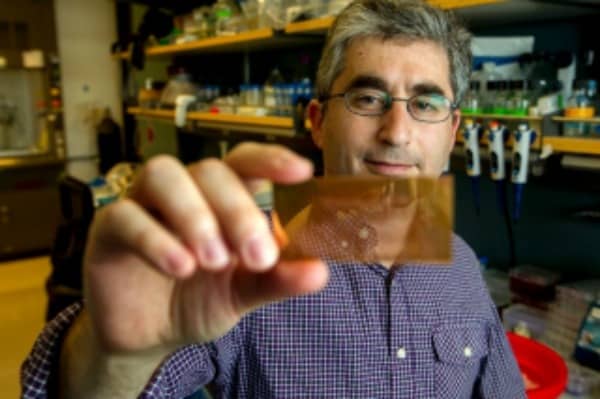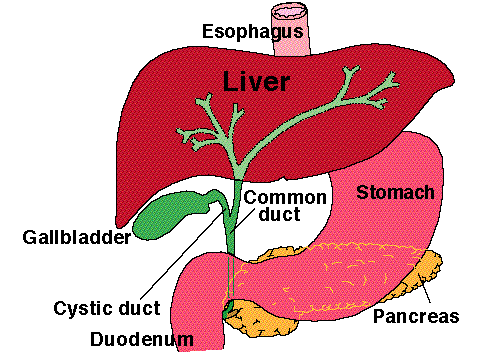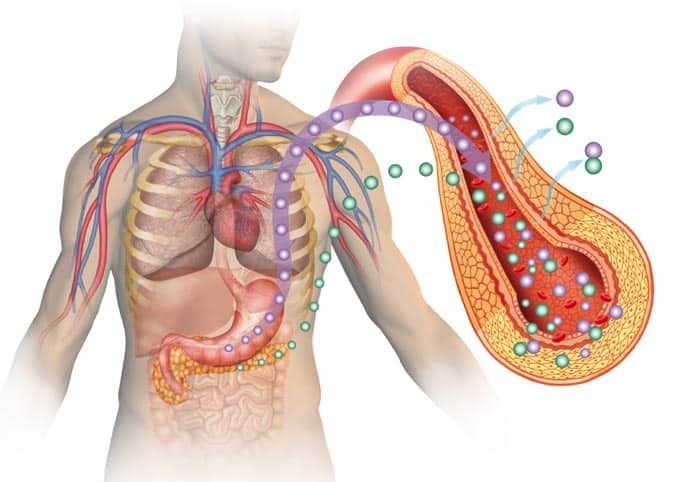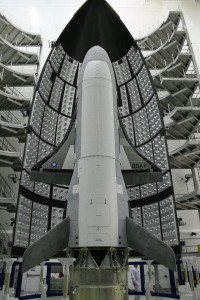There are two main types of diabetics – type 1 diabetes, type 2 diabetes. There have been many methods invented to diagnose these 2 types of diabetes. But diagnosing type 1 diabetes was never so easy. But lately, some researchers at Stanford University in the US have invented a microchip to diagnose type 1 diabetes in minutes.
Diabetes may arise because the pancreatic beta cells, which produce insulin, are destroyed by an autoimmune disorder, giving rise to type 1 diabetes. Alternatively, the body cells may not respond to insulin that is being made at the proper levels (insulin resistance) resulting in type 2 diabetes, often as a result of obesity, and deficient insulin secretion.
However, diagnosing type 1 diabetes is expensive and time-consuming because doctors need to identify specific protein markers in the blood and getting the results sometimes takes weeks, which may delay the treatment. But researchers at Stanford University have used nanotechnology to create a microchip that diagnoses type 1 diabetes in minutes.
The microchip relies on a fluorescence-based method for detecting antibodies in the blood and has a special coating with an array of nanoparticle-sized islands of gold that intensifies the fluorescent response, helping doctors identify the antobodies faster.
Dr Brian Feldman, who is an assistant professor of pediatric endocrinology and the Bechtel Endowed Faculty Scholar in Pediatric Translational Medicine as well as the lead author of the study, has said, “With the new test, not only do we anticipate being able to diagnose diabetes more efficiently and more broadly, we will also understand diabetes better—both the natural history and how new therapies impact the body.”
Each chip is expected to cost around US$20 to produce and can be used more than 15 times. It works with blood from a finger prick, and the researchers are just waiting for the US Food and Drug Administration (FDA) approval to commercialize it.
Source: Stanford Medicine News Center
Thanks To: Medical News Today
[ttjad keyword=”ultrabook”]






